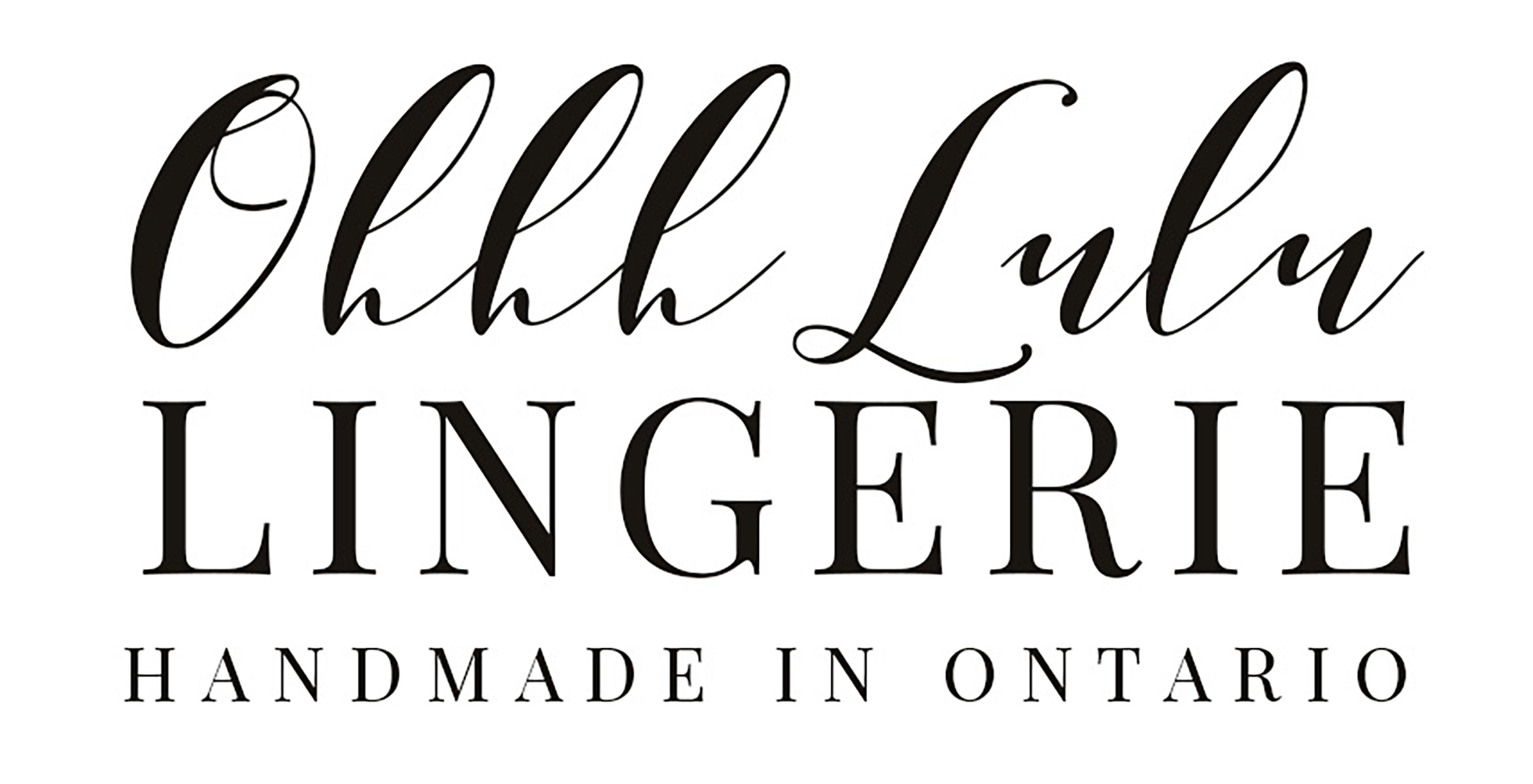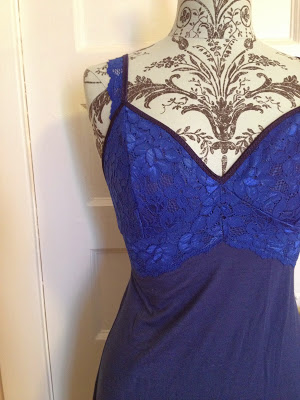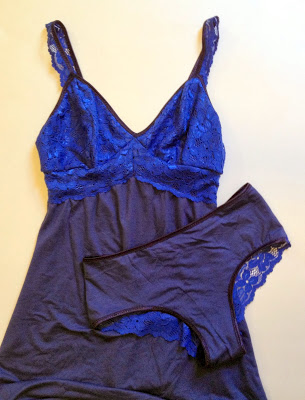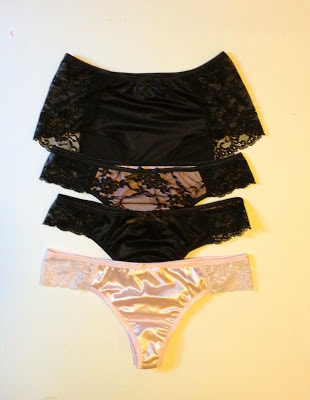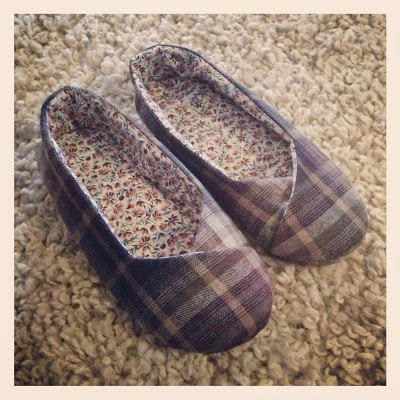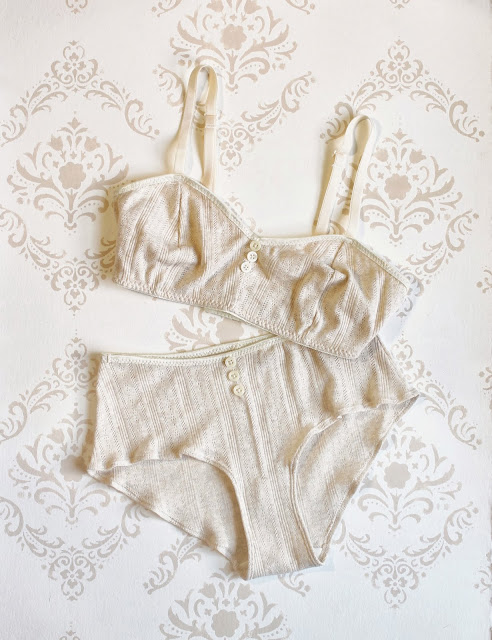Oh boy, this has been a tumultuous week for me.
Etsy started out with a simple mission – Etsy is a place to “Buy and sell handmade or vintage items, art and supplies…” “the world’s most vibrant handmade marketplace..” Previously, sellers could run what was known as a “collective” where multiple people helped in the production/fulfillment process. Each member of the collective would have to be disclosed on the sellers About Me Page. Some shops were also permitted to use “production assistance.” At first, it was my understanding that this allowed sellers to outsource a step in their production process, so it would be OK for a jeweler to have a pendant cast by a 3rd party in a mold that they had made, or for a potter to send their work out to be fired, or a clothing maker to have fabric professional printed with a design that they created. As time went on, the lines started getting blurred and it was unclear how much of the process could be outsourced.
Here is what has changed:
1. Etsy Shop owners can now employ an infinite number of people. When you are shopping on Etsy now, you may be buying from a shop like mine. I do it all, though I do have a helper come in 1 day a week to help me cut garments. You could also potentially be buying from a shop that employs 50 people, located in different parts of a world – a customer service rep in Canada, a shipper in USA, an embroider in India, etc, etc. It is my understanding that shop employees must be disclosed on the seller’s About Page. Being able to employ people, especially locally is important, and I understand Etsy’s rational behind this decision, but what kind of jobs are being created by individual sellers is something that maybe should be considered.
2. Etsy Shop owners can have a factory produce their “handmade” items. Shops that use manufacturers to produce their goods must go through an application process, and disclose this on their About Page. The location of the factory must also be disclosed, but not the factory name. If supporting artists and makers is important to you, or you are worried about where your items are coming from and if they are ethically made, you may have to do a little more research now.
3. Etsy Shop owners can now drop ship packages. Drop shipping means that the package either ships to you directly from the manufacturer, from a shipping center, or from any 3rd party shipper. This shouldn’t impact buyers too much, other than the fact that the seller or “artist” may have never even touched the item you are about to receive, and to me, the process seems a little impersonal. However, I can see how this would be beneficial for some sellers, though it doesn’t apply to me.
And here’s the Big One:
4. Etsy has redefined the term “handmade.” In order for something to be considered “Handmade” the selller must be able to demonstrate three things.
a. Authorship – The handmade item must begin with you.
b. Responsibilty – You must be able to demonstrate an understanding of the production process.
c. Transparancy – You must be open and honest about your production process.
Etsy says they are making this change to help sellers, and I can see where they are coming from. They don’t want successful sellers to feel that they are “too successful” for Etsy, or to feel like they can’t keep up with supply and demand with out using outside help. I get that. I get that employing people is important, and I favor that change.
But, I have a fundamental problem with the redefinition. Chad Dickerson says that Etsy is all about the story behind the purchase. There is no interesting story in a supply/production chain. There is an interesting story in a person that artfully crafts something by hand, who has mastered an art or skill, who can customize something to your liking, who can work directly with you to help create your vision or design something just for you.
Here’s the thing with this new policy change. I’m going to use my shop as a hypothetical example. I could design a fancy pair of panties, by which I mean, I could come up with a technical illustration showing the seam lines, and details. I could, theoretically, hand that to a designer to select and source fabrics and trims. I could then hand my illustration to a pattern maker to draft & grade the pattern for me. After that, I could send my pattern and materials to a factory in Bangledesh, and have them sew me 500 pieces. I could then ship those items to a fulfillment center in the USA (where most of my orders ship), and have them ship out pieces as needed. I have still “designed” the garment, demonstrating authorship. I understand the production process, and how to sew it, demonstrating responsibility. I will disclose the location of the factory I use, and the name of my designer and pattern maker on my About Me Page, demonstrating transparency. According to Etsy, my item is handmade.
If I want to use a factory, I have will voluntarily submit to an application process and assure Etsy that I am not using child/slave/forced labour, and that I understand my production process. It is up to Etsy’s discretion to approve or deny my application. Etsy will not audit factories or workrooms, it is up to the seller to choose a factory/workroom that is ethically run. A shop that does not disclose their production assistance, employees, or submit a manufacturing application, can be removed from Etsy if it is proven that they are violating the Terms of Use. However, there are currently many shops that do not disclose their use production assistance, or extent of “collective” help, despite the fact that those are the “rules”, so I am slightly curious as to why Etsy thinks this will now change. It will remain the responsibility of Etsy Users to flag shops that they suspect may be violating the terms of use.
We can debate to the moon and back what is “handmade” and what isn’t, but I don’t think anyone would consider the process I just described to be “handmade.” But, in Etsy’s attempt to make the guidelines more clear, I think they have become much more convoluted. The scenario I described above fits exactly into Etsy’s definition of Handmade. It will be the buyers responsibility to read the sellers About Page to see exactly what goes into their “handmade” item.
I believe that there is a general understanding of what a handmade item is. I asked my husband this morning, “If you ordered something off Etsy, under the impression that Etsy was a site to buy handmade or artisan goods, but and you received it and it had a ‘Made in Taiwan’ label, how would you feel?” He thought for a moment then said, “First, ripped off. Second, lied to.”
That’s my thing. Etsy has sold itself to consumers as a handmade marketplace, and this expansion is deceptive. As a shop owner, I can see the desire to want to expand your business, but in my opinion Etsy can be a few things to shop owners, and is not a selling venue for everyone or every product. It can be an excellent launching point for sellers whose goal is to one day manufacture on a larger scale – you can meet potential retailers, create a customer base, and establish a name. It can also be an excellent venue for sellers who want to manufacture by hand on a smaller scale. I suppose there is a potential third, and that would be how I envision my business: I’d like to have a line that I could sell wholesale, and I would outsource the production to a local workroom. I would also have a Made to Order line that is made by me and sold exclusively on Etsy. I would do that because there is retail demand that I cannot fulfill for my items. Working through a workroom on a retail line would be an excellent way for me to do that. I would continue a handmade line because that is my passion.
I don’t think the majority of sellers will go to the mass production route. First, it takes money upfront, and I don’t know many artists/craftspeople who just happen to have that type or cash on hand, or credit available. Second, it takes a lot of time and planning to do any kind of production run, and most of the sellers I know (myself included), do not have the time to invest. I know this because I have worked for small mom and pop companies that have done this, and I am looking/have looked into this for my own purposes.
I do think it will open the door to many designers and brands who have no hand in the production process. There is absolutely nothing wrong with being that kind of designer! But, to me, there is something deceptive about selling that item as a “handmade” item.
This is going to change the playing field. Every shop owner has certain advantages and disadvantages, but before it felt fairly even. In my case, living in a very small town, I don’t have many skilled people I can easily employ. I am morally opposed to outsourcing my production overseas, yet finding a local workroom to sew lingerie at a price I can afford, is a huge challenge for me. A seller living in Brooklyn has more opportunity to hire a seamstress, or find a local workroom. I have to admit, I’m feeling some unwanted pressure to outsource, outsource, outsource (or move, move, move!), and I am not entirely sure how I can stay relevant, based on Etsy’s new Guidelines.
The spirit of Etsy is changing. This is the thing that makes me the most sad. I felt nurtured as an independent maker on Etsy, and I don’t feel that way anymore; none of the changes really help me, as an independent maker who likes being an independent maker. Prior to yesterday, I felt like I could run a successful business out of a small studio in little Orillia, Ontario, Canada, working with my hands, and now I feel worried that soon I won’t be able to compete this way anymore. I hope these are just fears I am feeling, and I hope they do not become justified.
I love Etsy, but I can’t agree with all of these policy changes, and as someone who pays fees each month to be a vendor there, I feel I have a right to express those concerns. Lately, I feel like we’ve been getting a lot of corporate double speak (if I hear the word “transparency” one more time…), but no real answers to many questions, or fixes to the problems that seller have been asking for for years (accurate shipping calculators, anyone?). At the Town Hall, Chad Dickerson started out the discussion talking about how different Etsy is, how it’s like no other marketplace. If it’s so different, why have they instated an Amazon/Ebay-inspired rating system for products? If Etsy is unlike any other website, why does it now strongly resemble Pinterest? How does including mass-produced items make Etsy any different from Modcloth, or Ebay, just as two examples? What makes Etsy Different now? That’s something I’m really struggling with.
I would love to hear your thoughts on the redefinition of “handmade,” or the marketing of “handmade.”





